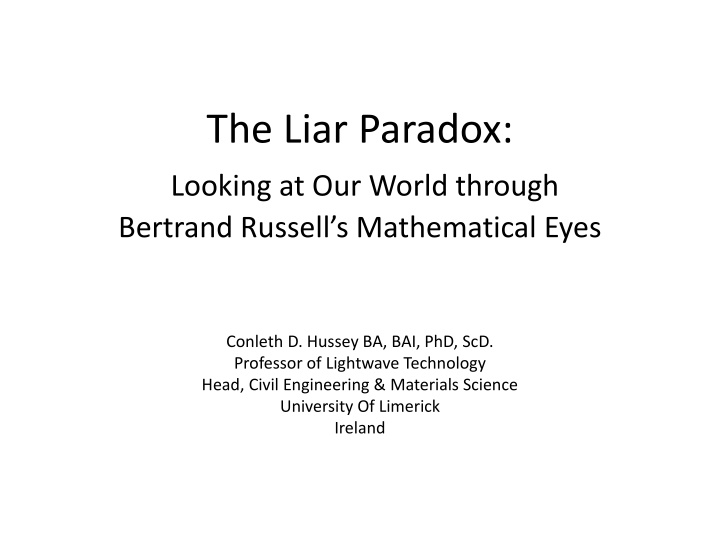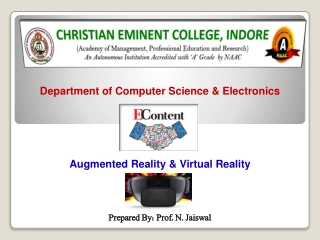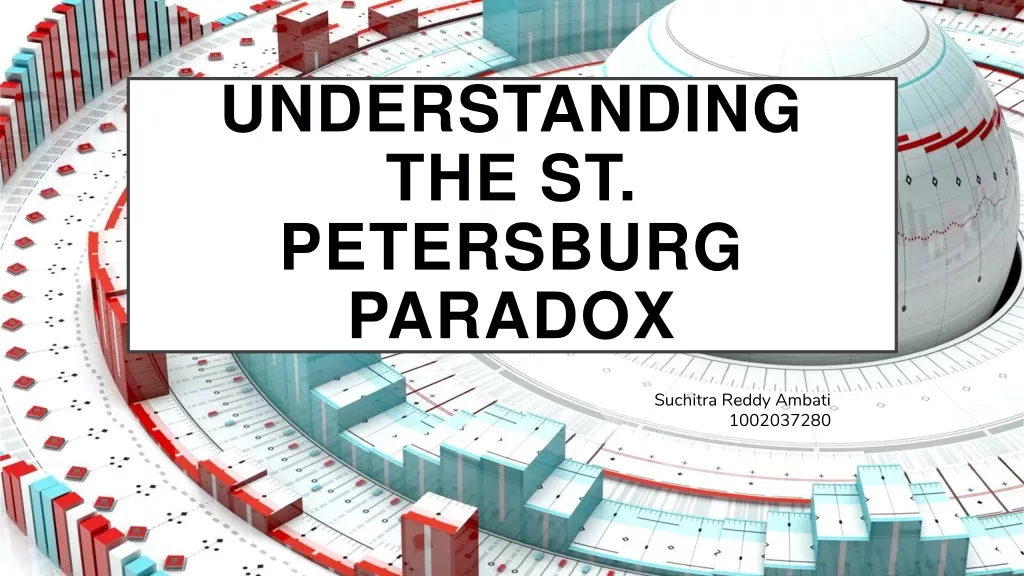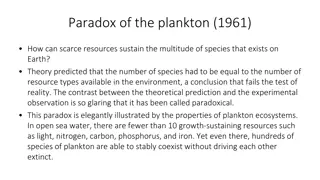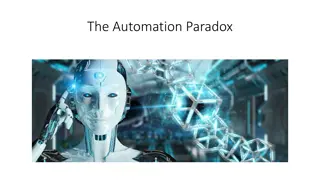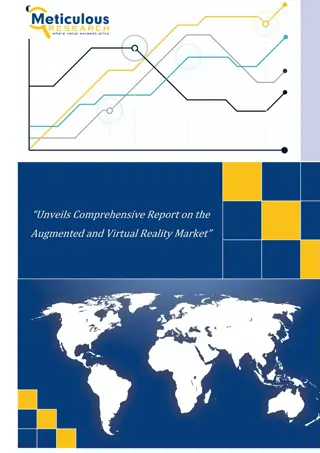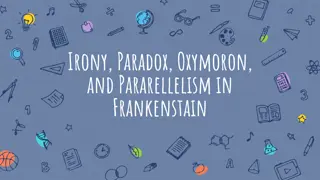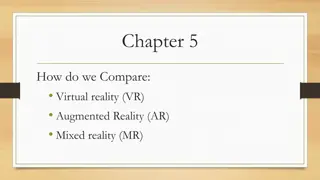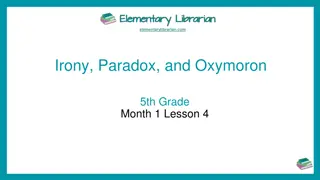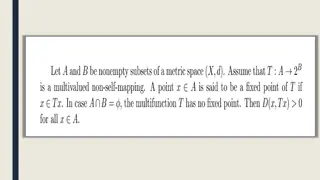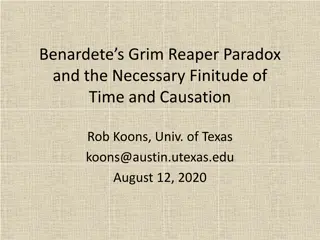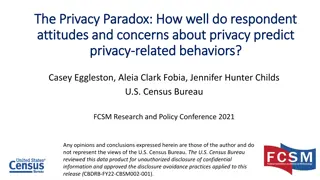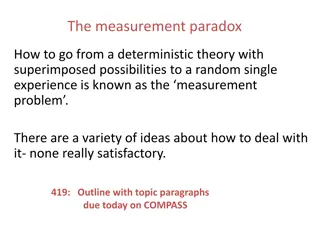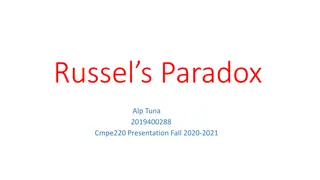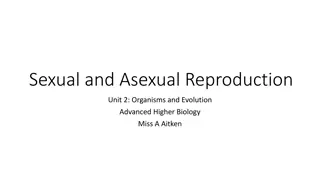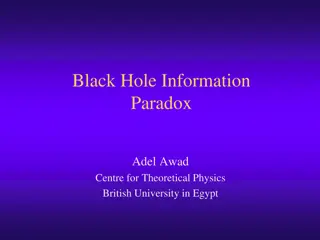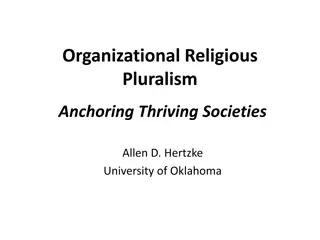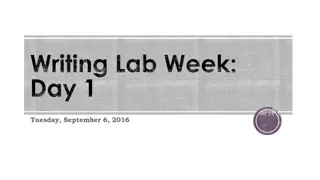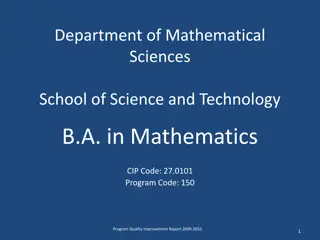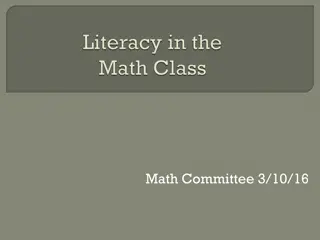Unraveling The Liar Paradox: A Mathematical Perspective on Reality
Delve into the intriguing concepts of the Liar Paradox and the origins of money and number through the lens of Bertrand Russell's mathematical insights. Explore the complexities of money creation, textbook definitions of money, fiduciary money, and more. Discover the interplay between mathematics, philosophy, and economics in understanding our world.
Download Presentation

Please find below an Image/Link to download the presentation.
The content on the website is provided AS IS for your information and personal use only. It may not be sold, licensed, or shared on other websites without obtaining consent from the author.If you encounter any issues during the download, it is possible that the publisher has removed the file from their server.
You are allowed to download the files provided on this website for personal or commercial use, subject to the condition that they are used lawfully. All files are the property of their respective owners.
The content on the website is provided AS IS for your information and personal use only. It may not be sold, licensed, or shared on other websites without obtaining consent from the author.
E N D
Presentation Transcript
The Liar Paradox: Looking at Our World through Bertrand Russell s Mathematical Eyes Conleth D. Hussey BA, BAI, PhD, ScD. Professor of Lightwave Technology Head, Civil Engineering & Materials Science University Of Limerick Ireland
Introduction Frege sand Russell s Dilemma and its Resolution in Mathematics 2
Money Creation: Doing the Numbers! 4
Textbook definition: Money A Store of Wealth A Medium of Exchange A Unit of Account A Number A Number A Number 5
Book Entry Bank Money Ex-nihiloDouble-Entry Bank Liabilities Assets 1,000 Units of Account 1,000 Adam Smith s Empty Vehicle 6
The Origin of Money and Number: The Talisman 7
name Uncounted 0 1 2 3 . n longhand Nothingness { } Indeterminacy shorthand = = {{ }} = {0} = {{ }, {{ }}} = {0, 1} = = . = = {0, 1, 2 n-1} {0, 1, 2} . 8
Successor of p S (p) = {elements of p, p}, E.g. S (2) = {elements of 2, 2} = {0, 1, 2} = 3 9
Definition: Number A number (N) is the conjoint given-ness of its matter M (N), and a part of that matter called its form F (N). N = [M (N), F (N)] [matter, form] [matter = form + residue] The negative of that number (-N) is the conjoint given-ness of its matter M (N), and the part called its residue R (N). N = [M (N), R (N)] [matter, residue] 10
Fiduciary Money and its Betrayal 11
The community's wealth now has two components: the real goods accumulated through past real investment and fiduciary or paper "goods" manufactured by the government from thin air. Of course, the nonhuman wealth of such a nation "really" consists only of its tangible capital. But, as viewed by the inhabitants of the nation individually, wealth exceeds the tangible capital stock by the size of what we might term the fiduciary issue. This is an illusion James Tobin Nobel Prize Economics 1981 12
True Money and the Immortal Stock Paradox 13
Wages Bill Bank Units of Account 10,000 10,000 Firm Workers Unit of Account True Money 10,000 Bread Bread 10,000 14
Ethic of Reciprocity: The Golden Rule Buddhism "Treat not others in ways that you yourself would find hurtful." Udana-Varga 5.18 Christianity "All things whatsoever ye would that men should do to you, do ye even so to them." Matthew 7:1 Confucianism "Do not unto others that you would not have them do unto you." Analects 12:2 Hinduism Do naught unto others which would cause you pain if done to you." Mahabharata 5:1517 Islam "None of you [truly] believes until he wishes for his brother what he wishes for himself." Number 13 of Imam "Al-Nawawi's Forty Hadiths." 19
The Mortgage Grip-of- Death and the Limitless Money Paradox 20
Mortgage Bank Units of Account 200,000 200,000 Buyer Seller Unit of Account Unit of Account: Acts Like True Money 200,000 House plus interest House 200,000 21
Tally Stick Money: The Historical Example of True Money 22
Henry I 1100 AD 23
This collection of 13th-century Exchequer "stocks" is stored at the National Archives in London. 24
A laborer could provide all the necessities for his family for a year by working 14 weeks. The rest of the time, some men worked for themselves; some studied; some fished. Some helped to build the cathedrals. J.E.T. Rogers, MP, Prof. of Political Economy, Oxford, 1884 25
From Parliamentary Democracy to Capitalo-Parliamentarianism 26
Early Chronology of Modern Banking 1609 Incorporation of the Bank of Amsterdam 1637 Tulip-mania 1694 Incorporation of the Bank of England 1720 The South Sea Bubble 1724 Order to discontinue use of tally sticks 1826 End of legal tender status of tally sticks 1834 Burning of Parliament 27
https://encrypted-tbn1.gstatic.com/images?q=tbn:ANd9GcQ-93uwUdy_3lajL8Jl_mt6E6BftFxJE-te2IpQ3ncqLu5pg5xehttps://encrypted-tbn1.gstatic.com/images?q=tbn:ANd9GcQ-93uwUdy_3lajL8Jl_mt6E6BftFxJE-te2IpQ3ncqLu5pg5xe So long as all the increased wealth which modern progress brings goes but to build up great fortunes, to increase luxury and make sharper the contrast between the House of Have and the House of Want, progress is not real and cannot be permanent. 1879
Thank You ! 31
